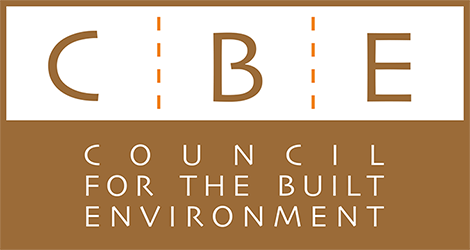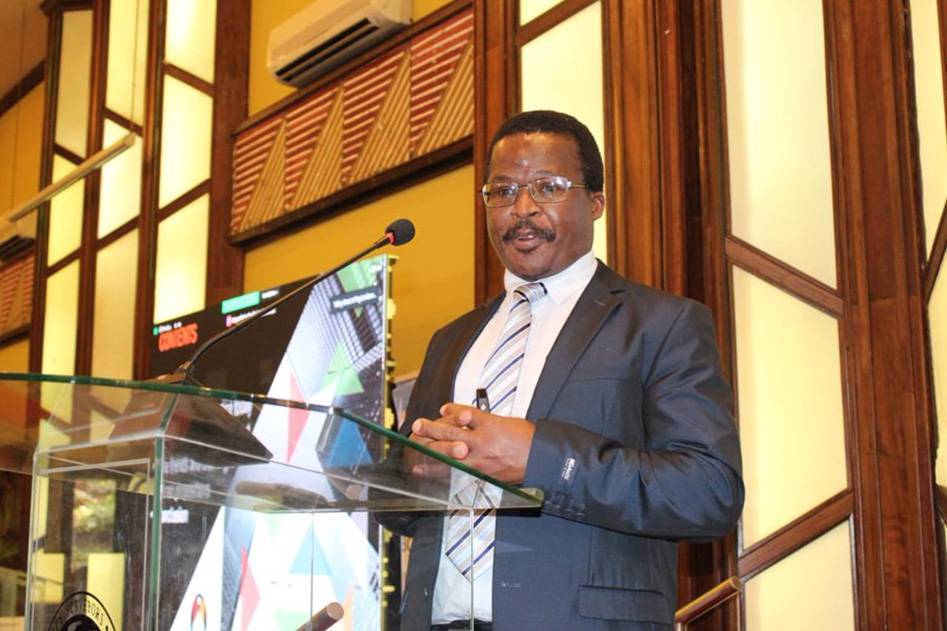The Future is not Bleak, it is Different
Dr Sitsabo Dlamini, Chairperson of the CBE Council delivered the keynote address on the Professional Practice of the Future at the Board of Registration of Architects and Quantity Surveyors (BORAQS) seminar in Nairobi, Kenya on 17-18 March 2022.
The Future is not Bleak, it is Different
The two-day Continuous Professional Development seminar zoomed in on futuristic possibilities to be explored by professionals in the Built Environment sector. Its theme “Professional Practice of the Future; Strategic Planning for Resilience” was equally relevant to other professions in the built environment, hence the audience included, among others, Procurement Practitioners, Real Estate Developers, Engineers, Planners and EIA Experts. The interactive session aimed to:
• sensitize Architects and Quantity Surveyors on the trends of professional practice of the future
• highlight the concerns/challenges and strategies affecting the professional practice of the future
• share strategic planning for resilient experiences and best practices of the future professional practice
This Abstract of Dr Dlamini’s presentation was an appropriate starter to whet the appetite of an audience keen on preparing to practice in a future beset with technological advancements, Artificial Intelligence (AI) and a lurking, unpredictable Covid-19 pandemic.
Abstract
This Continuous Professional Development seminar takes place in an era where, as a result of Covid-19, we find ourselves in a ‘never before’ trend seen in recent history. There has been a phenomenal upsurge in the use of artificial intelligence (AI) over a space of two years, both in the Built Environment (BE) sector as well as other sectors of the economy. One among some of the fundamental questions that we are currently grappling with is: What is the impact of AI on occupations or jobs in the BE sector? What are the trends that Architects, Quantity Surveyors and other BE professionals need to be conversant with for them to thrive? Well, a majority of professionals suggest that occupations will decline. This paper argues that many other occupations will actually grow and rise; and the many that will grow and rise will be the ones we could never imagine. AI promises a new growth surge, where there will be more jobs, but of different types.
Despite the economic decline caused by Covid-19 in most economies, the global construction market is expected to grow from $13.6 trillion in 2021 to $15.2 trillion in 2022 at a compound annual growth rate of 11.8%. The global construction market is expected to reach $22.9 trillion in 2026 at a CAGR of 10.8%. As demand for different types of infrastructure emerge as a result of the Covid-19 pandemic, new players enter the construction market and the ways to win work is evolving. The new players are smarter, and not hidebound by tradition, but they face new governance requirements that can be challenging. How will technology develop as both a disruptor and an enabler to transform the traditional ways that Architects, Quantity Surveyors and other BE professionals have always used? There is a world of opportunity and a world of risk. Two decades earlier, nobody would have forecast the speed of the construction output growth of China, nor the large construction companies winning overseas work. Winning work with tight profit margins based on the low-cost bid is causing a radical rethink about how work is secured, more so, professional work. The future is not bleak, it is different. Architects, Quantity Surveyors and other BE professionals require innovation, integration, collaboration and an understanding of the trends that will continue to shape the BE sector globally.

